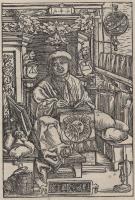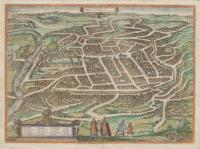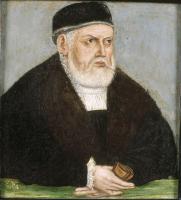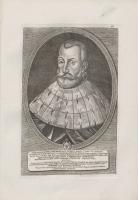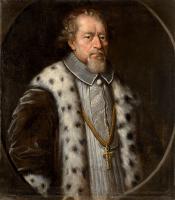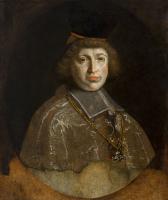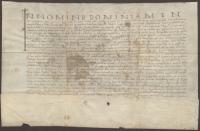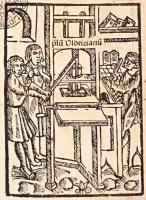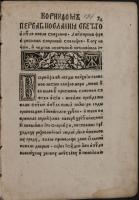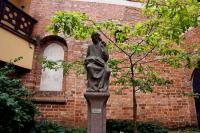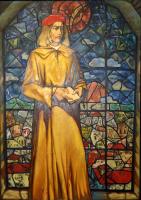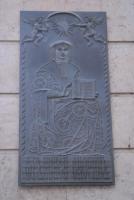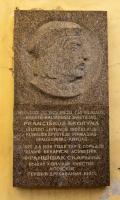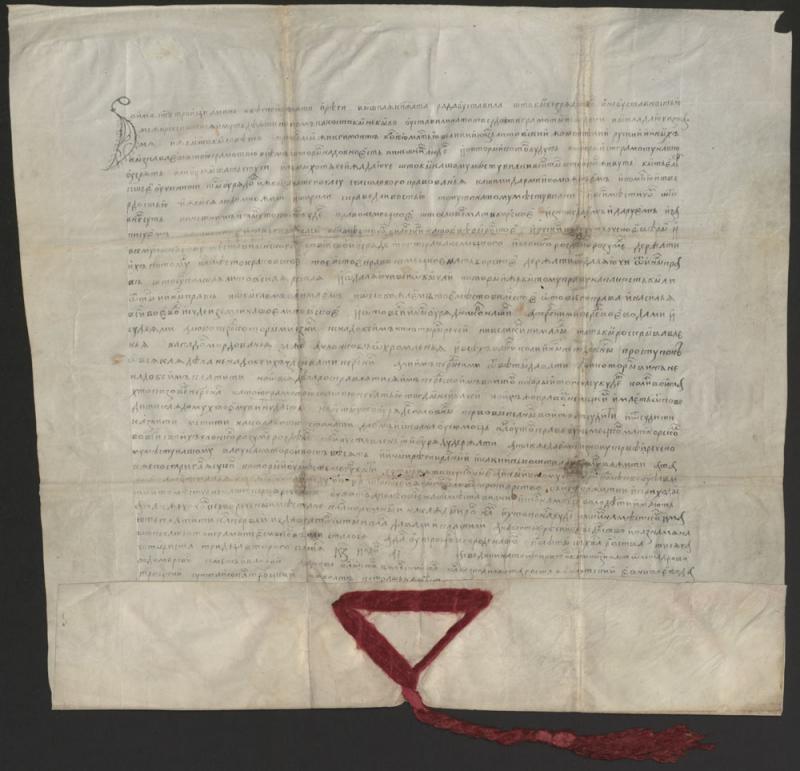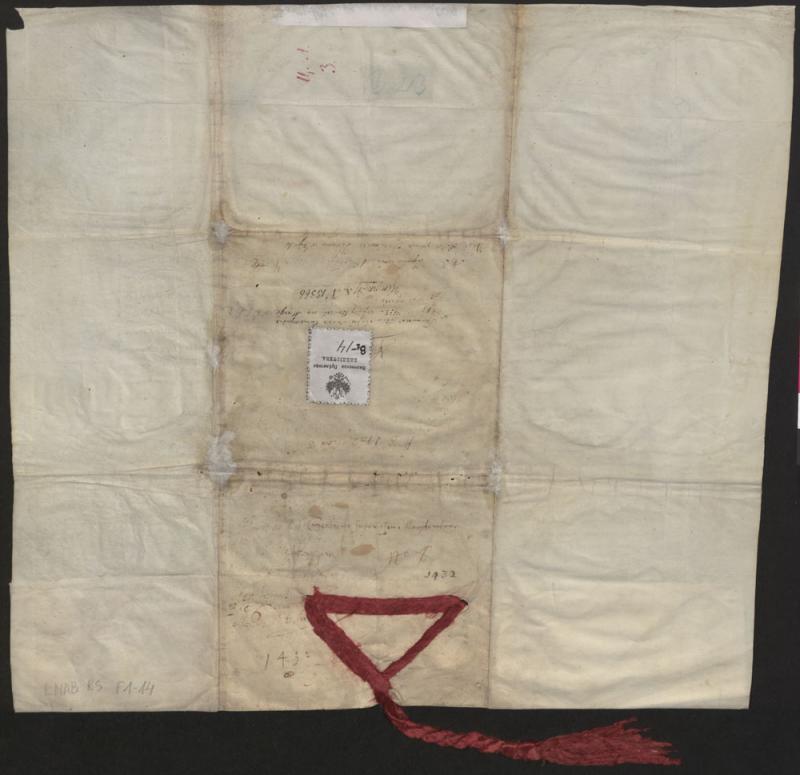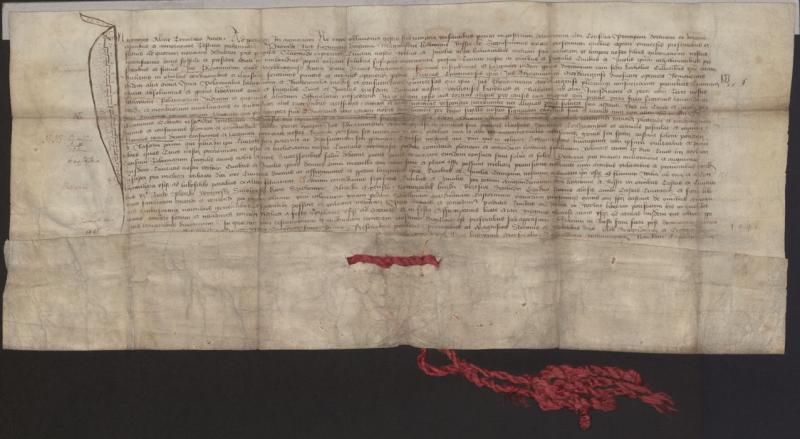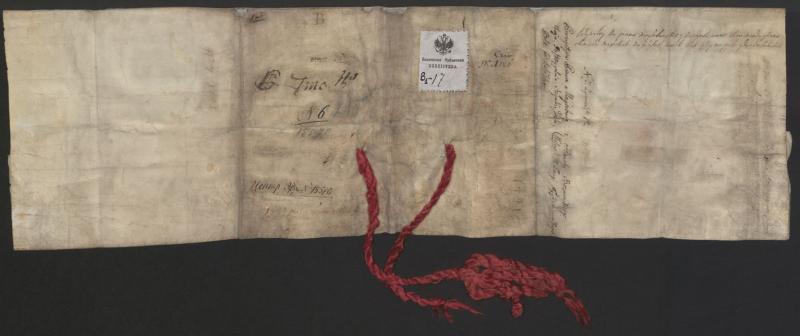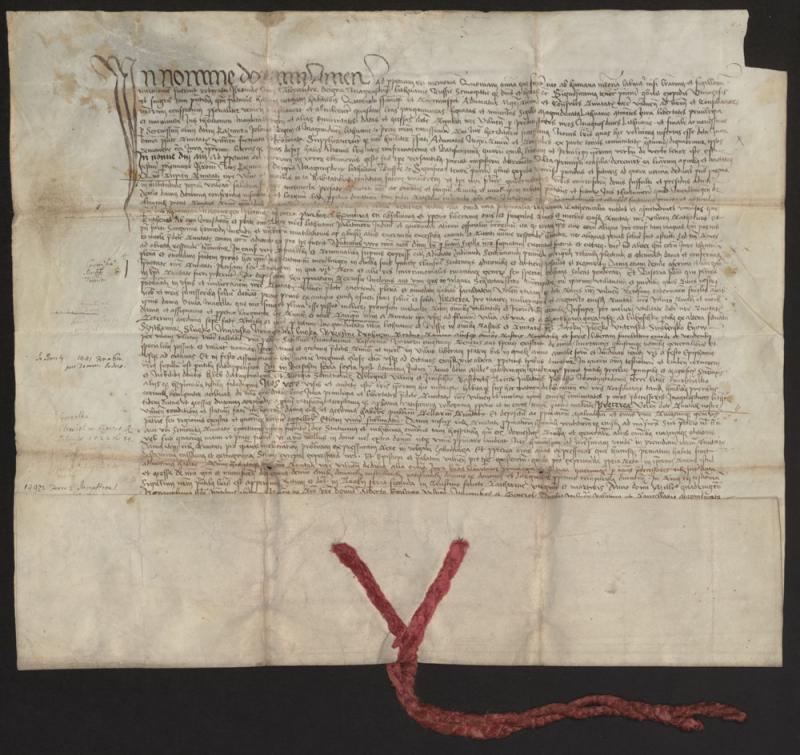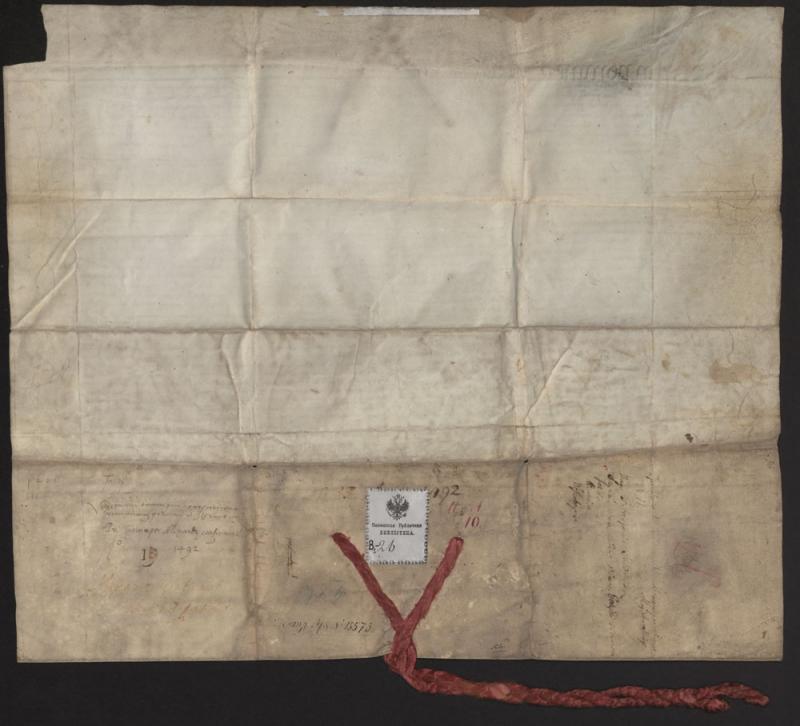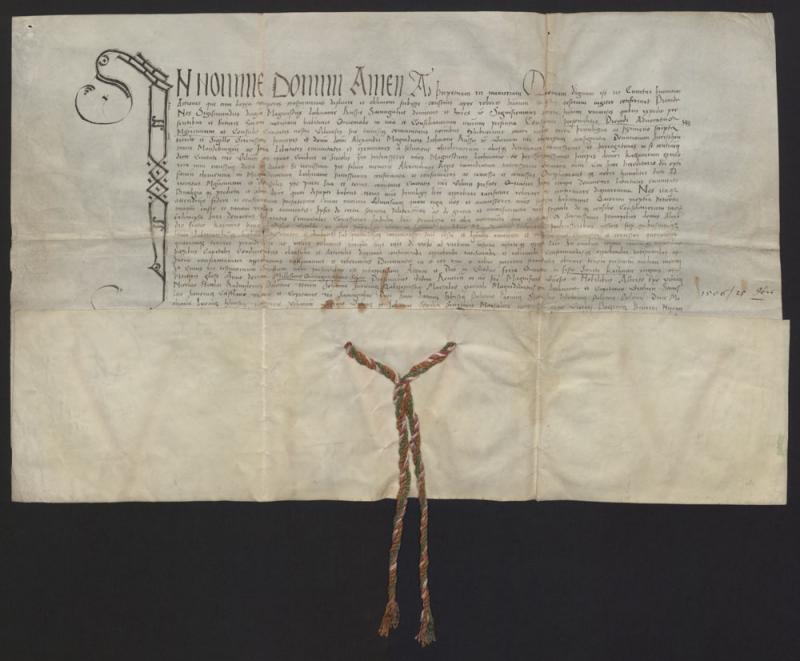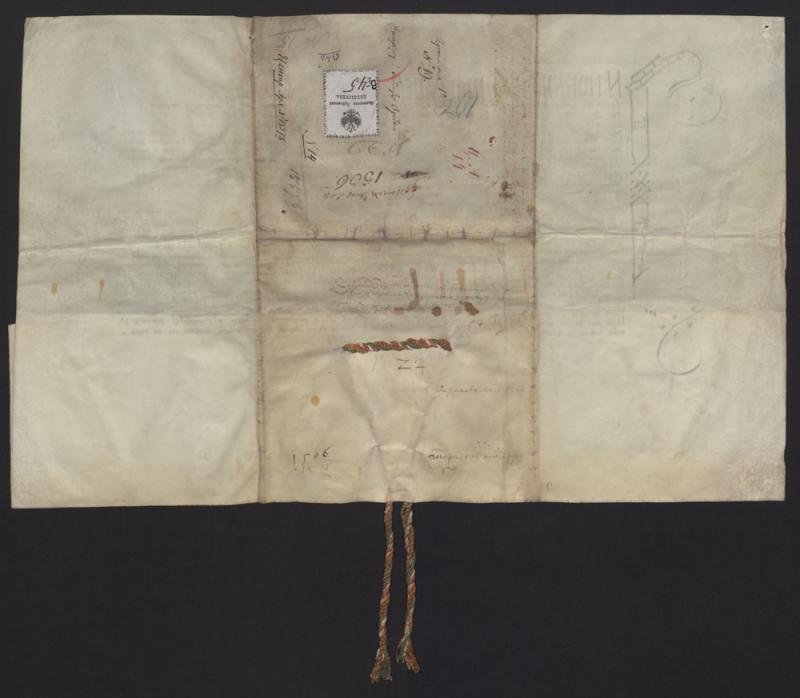Vilnius, the capital of the Grand Duchy of Lithuania, in the 15th–16th century
Skaryna’ publishing work was supported by influential Vilnius residents, without whose backing his publications would hardly ever seen the light of the day. A considerable part of the print run of six books published in Prague in 1517–1518 was financed by Bagdonas Onkovas, a Vilnius merchant, city councilor and mayor. Francysk established the first printing house in the Grand Duchy and all Eastern Slavic lands at the house of the senior city mayor of Vilnius, Jokūbas Babičius.
Such a state of affairs did not come into being all at once, but over 130 years of Vilnius self-government. After bringing Catholicism to Aukštaitija, Jogaila, the King of Poland and Grand Duke of Lithuania, granted the Magdeburg rights to Vilnius by his charter of March 22, 1387. These privileges served to the benefit of the townsmen’s class such as members of artisan and merchant guilds, they permitted to have markets and collect fees from merchants, etc. The jurisdiction of the magistrate emerged in the city in addition to that of the Castle and the Bishop. The significance of the magistrate all the more increased through grants of other rulers. Especially important were the privileges granted to Vilnius by Grand Duke Sigismund Kęstutaitis on September 27, 1432 and by Grand Duke Casimir Jagiellon on July 4, 1441 – they considerably expanded the jurisdictional rights of the magistrate.
When the city had yet not had self-government, Vilnius was overseen by the ruler’s steward; afterwards, this function was taken over by the magistrate (city council). The latter managed the city economy, collected the fees, took care of the city treasury, approved, for a fee, purchase and sale agreements, donation deeds and wills. The magistrate provided notary services in accordance with the Magdeburg law, the privileges of the rulers and the city statutes (“wilkierze”). The Vilnius City Council consisted of 12 mayors and 24 councilors, elected from the richest townsmen for life. Half of them were Catholics or Protestants, and the other half were Orthodoxes. They did not hold the positions in the city council together at the same time – two mayors and four councilors were appointed each year.
Merchants and guild members were the wealthiest class among the townsmen. Grand Duke Sigismund Kęstutaitis, by his charter of September 25, 1432, permitted the Vilnius townsmen to trade without custom duties throughout the entire territory of the Grand Duchy of Lithuania. Other rulers expanded the rights of Vilnius merchants even more. In the 16th century, there were between 150 and 200 merchants in Vilnius. The first artisans to form a guild in Vilnius were goldsmiths. Their guild statute was approved on August 23 in Trakai by Grand Duke Alexander Jagiellon. In the 16th century, the number of artisan guilds rapidly increased; by the end of the century, they amounted to 20 and united 44 artisans.
LMAVB RSS K-727
LMAVB RS F1-14
Charter of Grand Duke of Lithuania Sigismund Kęstutaitis, by which he newly grants the Magdeburg rights to Vilnius by the example of the city of Cracow.
LMAVB RS F1-17
Charter of Casimir Jagiellon, Grand Duke of Lithuania, by which he confirms the granting of the Magdeburg rights to the city of Vilnius, exempts the residents from subjection to land courts and submits them to the jurisdiction of the city voight.
LMAVB RS F1-26
Charter of Alexander, Grand Duke of Lithuania, by which he confirms the privilege of Grand Duke Casimir Jagiellon (issued in Beržtai on 1441-04-17 and granting the Magdeburg rights to the city of Vilnius). Casimir’s privilege additionally grants to Vilnius residents an exclusive right to trade in wine and hops and to have wax scales.
LMAVB RS F1-45
Charter of Sigismund the Old, Grand Duke of Lithuania, by which he confirms the rights and privileges granted to the city of Vilnius by the previous Grand Dukes of Lithuania.

